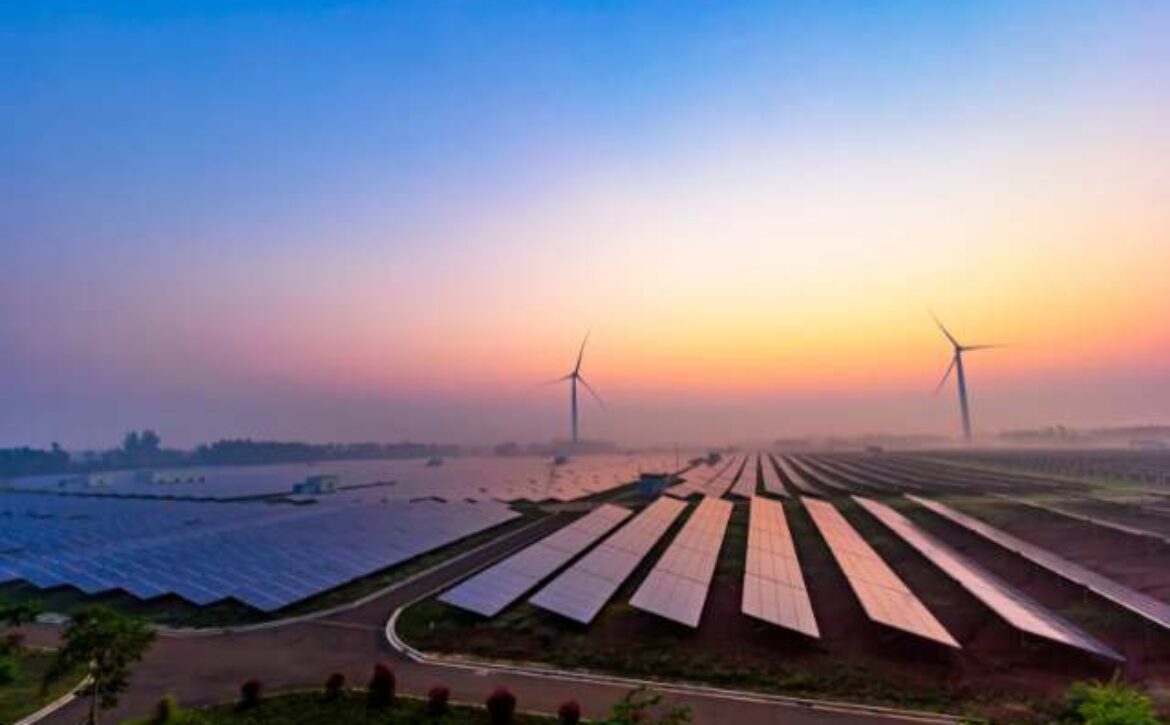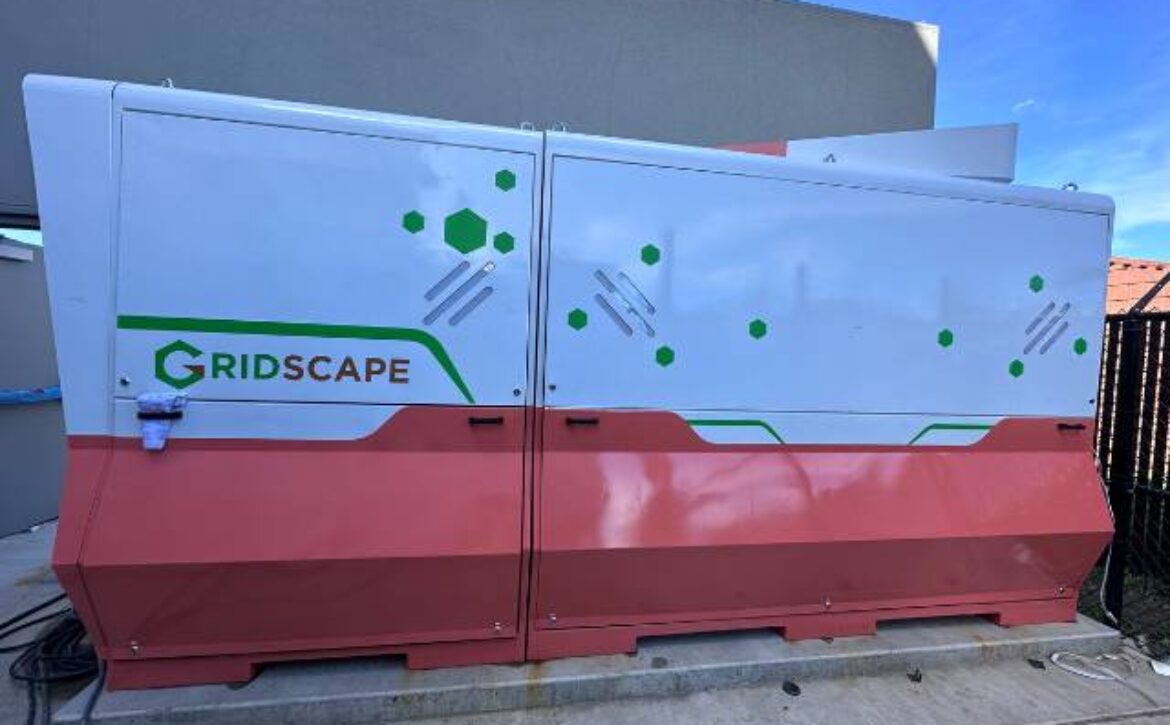Navigating complexity, ensuring reliability: Gridscape’s O&M brilliance powers microgrids
Operations and Maintenance (O&M) services play a pivotal role in the seamless operation of microgrids, which are increasingly becoming vital components of modern energy systems. These services encompass a spectrum of activities aimed at ensuring the reliability, efficiency, and longevity of microgrid assets. From round-the-clock technical support to proactive maintenance and software optimization, O&M services are essential for addressing challenges inherent in integrating diverse Distributed Energy Resources (DERs) into a cohesive system. By managing warranties, navigating regulatory frameworks, and leveraging incentives, O&M providers not only minimize downtime but also enhance the financial viability of microgrid projects. Moreover, with tailored software updates , O&M providers empower microgrid operators to adapt to changing grid conditions, maximize performance, and unlock additional value through participation in energy markets.
Gridscape’s comprehensive O&M support is essential for ensuring the reliable, efficient, and cost-effective operation of microgrids. By providing continuous support, optimizing software, ensuring reliability, proactive maintenance, navigating regulations, and unlocking additional value through VPP services, Gridscape enables microgrid operators to maximize uptime, extend asset lifespan, and realize the full potential of their investments.
Continuous Support: Microgrids operate round the clock, often in critical applications emergency services. Gridscape’s 24×7 support ensures that any issues are promptly addressed, minimizing disruptions and ensuring uninterrupted power supply.
Software Optimization: Microgrid control systems rely on sophisticated software and machine learning to manage diverse energy resources efficiently. Gridscape’s regular software maintenance ensures that the system remains up-to-date, secure, and optimized for performance, allowing for seamless integration of new features and enhancements.
Reliability Assurance: Managing warranties and facilitating equipment replacements under warranty is essential for maintaining reliability. Gridscape’s expertise in warranty management ensures swift resolution of equipment issues, minimizing downtime and maximizing the reliability of the microgrid.
Proactive Maintenance: Regular site visits for maintenance help prevent potential failures and ensure optimal performance of assets. Gridscape’s proactive approach to maintenance not only extends the lifespan of equipment but also minimizes unexpected downtime, saving both time and money for microgrid operators.
Regulatory Compliance and Incentives: Navigating regulatory requirements and incentive programs can be complex. Gridscape’s expertise in SGIP administration ensures that microgrid operators maximize available incentives while remaining compliant with regulations, ultimately enhancing the financial viability of the project.
Tailored Software Updates: Microgrid needs evolve over time, and software updates must be tailored to meet specific site requirements and utility rate fluctuations. Gridscape’s customized software updates optimize microgrid performance, adapt to changing conditions, and preserve the value of the investment.
Unlocking Additional Value: Virtual Power Plant (VPP) services offered by Gridscape enable microgrid operators to participate in energy markets, providing additional revenue streams and enhancing the overall value proposition. These services leverage the flexibility of DERs within the microgrid, contributing to grid stability and resilience.
Performance Monitoring and Analytics: Gridscape offers advanced performance monitoring and analytics services to track the operational performance of microgrid assets in real-time. Through data-driven insights, microgrid operators can identify trends, anticipate potential issues, and optimize system performance for enhanced efficiency and reliability.
Remote Diagnostics and Troubleshooting: In addition to 24×7 support, Gridscape provides remote diagnostics and troubleshooting capabilities, allowing for swift identification and resolution of issues without the need for on-site visits.
Training and Knowledge Transfer: Gridscape offers training programs and knowledge transfer sessions to empower microgrid operators with the necessary skills and expertise to effectively manage and maintain their systems.











